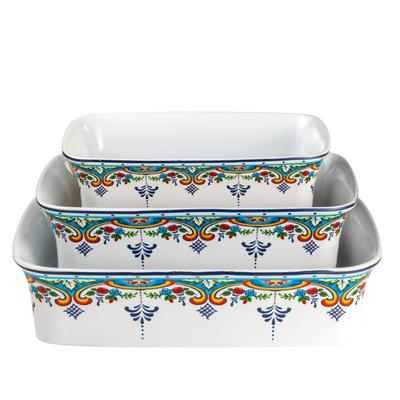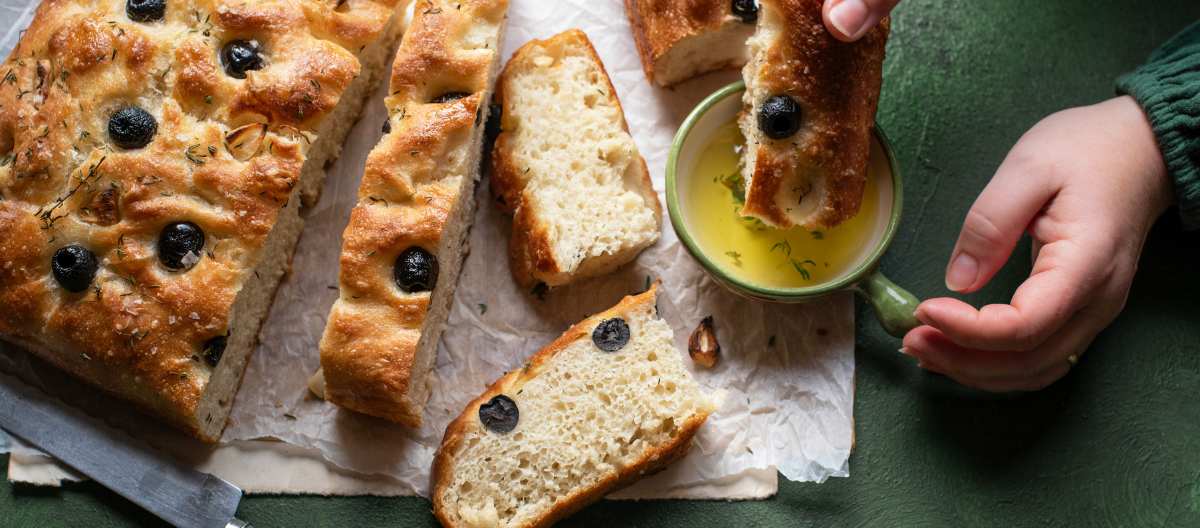Hey Diva dressing fans! When the items we love coincide with brands we work with, Diva dressing will use Paid Links in our articles. If you decide to click on these links and purchase the product, we get a small commission. Our Opinions Are Our Own, but we do add Paid Links as a way to offer these products at no added cost to our readers. Want to know more? Click Here to check out our Terms of Use anytime!
Exploring the flavors of different cultures in your kitchen is a fantastic way to broaden your culinary horizons, gain an appreciation for global cuisines, and bring new, exciting tastes to your daily meals. Each culture’s cuisine reflects its history, climate, and local ingredients, providing a unique opportunity to savor new combinations and techniques. Whether you’re in the mood for the bold spices of Indian curries, the fresh and fragrant herbs of Vietnamese dishes, or the comforting warmth of Italian pastas, experimenting with global recipes can turn your kitchen into a world of endless possibilities.
Top Global Flavors to Explore
Italian Cuisine: Comfort and Fresh Ingredients
Italian cooking is beloved worldwide for its simple yet flavorful dishes. Using fresh ingredients like tomatoes, olive oil, garlic, and herbs such as basil and oregano, Italian cuisine emphasizes quality over quantity.
Key Dishes to Try:
- Pasta carbonara or cacio e pepe (simple pasta dishes with bold flavors)
- Risotto, rich with parmesan and stock
- Fresh bruschetta with tomatoes, olive oil, and basil
Ingredients to stock: Olive oil, garlic, fresh tomatoes, parmesan cheese, Italian herbs.
Mexican Cuisine: Bold and Spicy
Mexican cuisine is a symphony of bold flavors, combining elements like chilies, lime, cilantro, and smoky spices. Whether you’re making a simple taco or a complex mole sauce, Mexican food is always bursting with flavor.
Key Dishes to Try:
- Tacos with homemade tortillas
- Guacamole, salsa, and other dips
- Enchiladas with a variety of fillings
Ingredients to stock: Corn tortillas, avocados, cilantro, lime, chilies, beans.
Japanese Cuisine: Clean and Delicate
Japanese food highlights the natural flavors of fresh ingredients with a delicate balance of sweetness, saltiness, and umami. Sushi, tempura, and ramen are just a few dishes that demonstrate the variety of Japanese cuisine.
Key Dishes to Try:
- Sushi rolls (simple to make at home with a sushi mat)
- Miso soup
- Teriyaki chicken or tofu
Ingredients to stock: Soy sauce, miso paste, sushi rice, seaweed, rice vinegar.
Indian Cuisine: Spices and Aromatics
Indian food is renowned for its rich use of spices and aromatic ingredients such as cumin, turmeric, coriander, and ginger. The layering of spices and flavors creates dishes that are both complex and comforting.
Key Dishes to Try:
- Curry dishes like chicken tikka masala or vegetarian aloo gobi
- Dal (a comforting lentil stew)
- Naan bread made fresh in the kitchen
Ingredients to stock: Cumin, turmeric, garam masala, basmati rice, lentils.
Thai Cuisine: Balance of Sweet, Spicy, Sour, and Salty
Thai cooking emphasizes balance, often combining sweet, sour, spicy, and salty elements in a single dish. Ingredients like lemongrass, coconut milk, and chilies are staples of Thai cuisine.
Key Dishes to Try:
- Pad Thai (a sweet and savory noodle dish)
- Green curry with chicken or tofu
- Thai spring rolls
Ingredients to stock: Fish sauce, coconut milk, Thai chilies, lemongrass, fresh herbs.
Middle Eastern Cuisine: Rich Spices and Fresh Herbs
Middle Eastern cuisine combines hearty grains, vegetables, meats, and fragrant spices like cumin, coriander, and sumac. From hummus to falafel, Middle Eastern dishes are rich in flavor and full of nutrients.
Key Dishes to Try:
- Hummus and baba ghanoush (creamy dips made from chickpeas and eggplant)
- Shakshuka (poached eggs in a spicy tomato sauce)
- Falafel or kebabs
Ingredients to stock: Chickpeas, tahini, sumac, cumin, fresh parsley.
Vietnamese Cuisine: Fresh and Fragrant
Vietnamese food relies heavily on fresh herbs, vegetables, and light, flavorful broths. It’s a cuisine that feels fresh and healthy while being incredibly flavorful thanks to its use of ingredients like lime, mint, and fish sauce.
Key Dishes to Try:
- Pho (a fragrant broth-based noodle soup)
- Banh mi sandwiches (a crispy baguette filled with meats and vegetables)
- Fresh spring rolls with shrimp or tofu
Ingredients to stock: Rice noodles, fish sauce, fresh herbs, lime, rice paper.
How to Incorporate Global Flavors into Your Cooking
Start Small
Incorporating global flavors doesn’t have to be overwhelming. Start by picking one dish from a cuisine you’re interested in and gradually work up to more complex recipes.
Stock Up on Essentials
Each cuisine has key ingredients that are essential to its flavor profile. Stock your pantry with international staples like soy sauce, olive oil, spices, and fresh herbs to make it easier to whip up a global dish anytime.
Blend Cuisines for Fusion Dishes
Don’t be afraid to mix and match flavors from different cultures to create unique fusion dishes. For example, adding Mexican spices to an Italian pasta dish or using Middle Eastern spices in a classic American recipe can lead to exciting new flavors.
Experiment with Spices and Herbs
Spices are the cornerstone of many global dishes. Experimenting with different spice blends, such as garam masala for Indian cuisine or za’atar for Middle Eastern food, can help you master the essence of each cuisine.
Try Global Cooking Techniques
Embrace different cooking techniques, such as stir-frying (common in Chinese cooking), slow-roasting (Mediterranean cuisine), or grilling (a staple of Middle Eastern food). Each method will help you achieve authentic textures and flavors.
Here are some products that can help
Multifunctional Dual Layers Bowls & Dishes & Chopsticks & Spoons $48.59


Euro Ceramica Zanzibar 3 Piece Stoneware Rectangular Baking Dishes Set $50.99

Pfaltzgraff Callie Set of 4 Corn Dishes $32.39

Farmhouse Decor Porcelain Dipping Bowls Sauce Dishes $16.14



